Nationality Irish Name Mairtin Cadhain | Role Writer | |
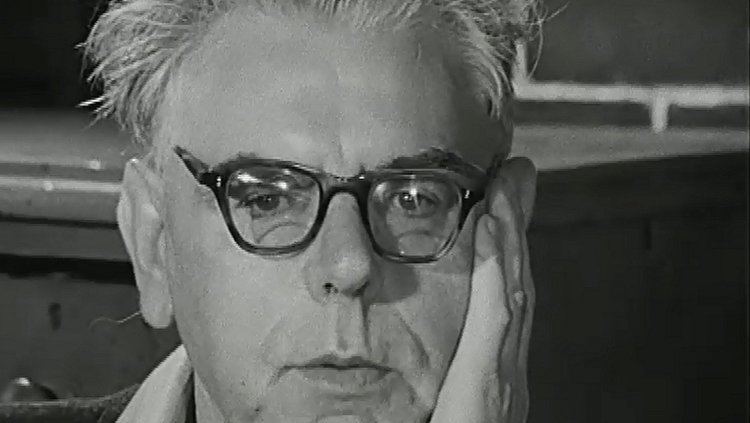 | ||
Pen name Aonghus OgBreallianmaitharsatuanogcadhanmaolpoteD. O GallchobhairDo na FireinMicil O MoingmhearaM.O.C Occupation Novelist, short story writer, journalist, school teacher Genre Fiction, politics, linguistics, experimental prose Subject Irish Republicanism, modern Irish prose Notable works Cre na Cille, An Braon Broghach, Athnuachan Books The Dirty Dust, Dha Sceal: Two Stories, The Road to Brightcity | ||
The author m irt n cadhain analysis of dh sc al or two stories rte 2006
Máirtín Ó Cadhain ([ˈmɑːrtʲiːnʲ oː ˈkainʲ]; 1906 – 18 October 1970) was one of the most prominent Irish language writers of the twentieth century. Perhaps best known for his 1949 work Cré na Cille, Ó Cadhain played a key role in bringing literary modernism to contemporary Irish language literature. Politically, he was an Irish nationalist and socialist, promoting the Athghabháil na hÉireann ("Re-Conquest of Ireland"), through Gaelic culture. He was a member of the Irish Republican Army with Brendan Behan during the Emergency.
Contents
- The author m irt n cadhain analysis of dh sc al or two stories rte 2006
- M irt n cadhain
- Career
- Novels
- Short story collections
- Journalism and miscellaneous writings
- References
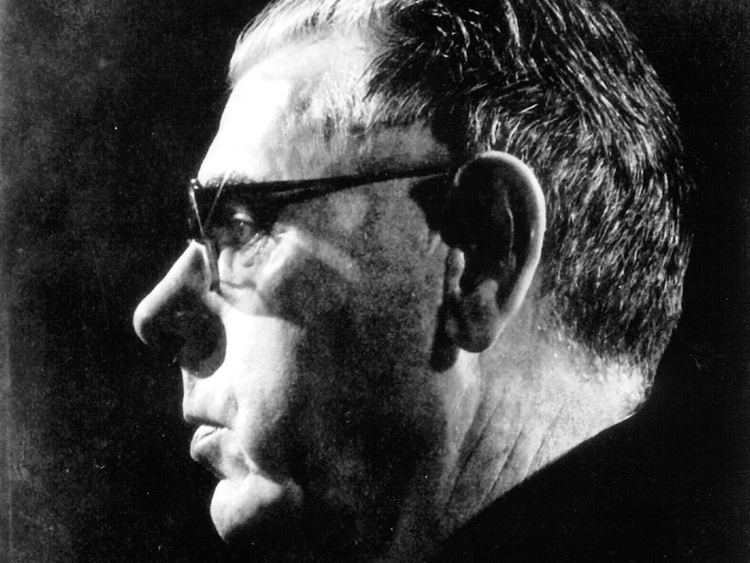
M irt n cadhain
Career
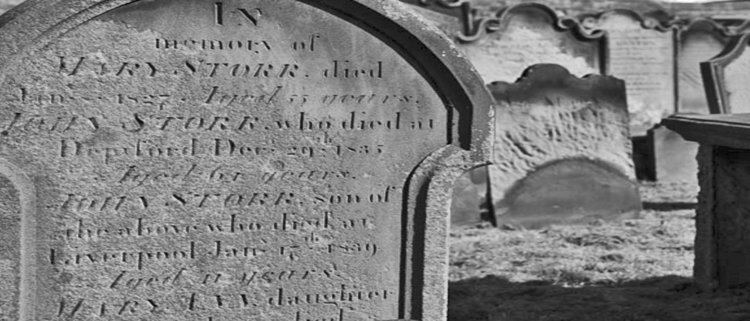
Born in Connemara, he became a schoolteacher but was dismissed due to his IRA membership. In the 1930s he served as an IRA recruiting officer, enlisting fellow writer Brendan Behan. In the nineteen thirties, he participated in the land campaign of the native speakers, which led to the establishment of the Ráth Cairn neo-Gaeltacht in County Meath. Subsequently, he was arrested and interned during the Emergency years on the Curragh Camp in County Kildare, due to his continued involvement in the violent activities of the Irish Republican Army.
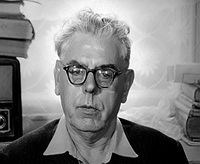
Ó Cadhain's politics were a nationalist mix of Marxism and social radicalism tempered with a rhetorical anti-clericalism. In his writings concerning the future of the Irish language he was however practical about the position of the Church as a social and societal institution, craving rather for a wholehearted commitment to the language cause even among Catholic churchmen. It was his view that, as the Church was there anyway, it would be better if it were more willing to address the Faithful in the national idiom.
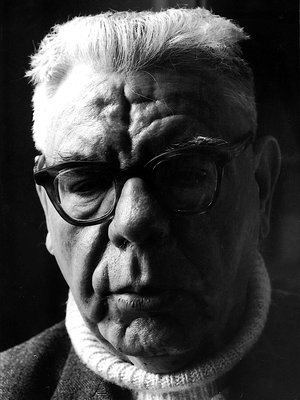
As a writer, Ó Cadhain is acknowledged to be a pioneer of Irish-language modernism. His Irish was the dialect of Connemara – indeed, he is often accused of an unnecessarily dialectal usage in grammar and orthography even in contexts where realistic depiction of Connemara dialect was not called for – but he was happy to cannibalise other dialects, classical literature and even Scots Gaelic for the sake of linguistic and stylistic enrichment of his own writings. Consequently, much of what he wrote is reputedly hard to read for a non-native speaker.
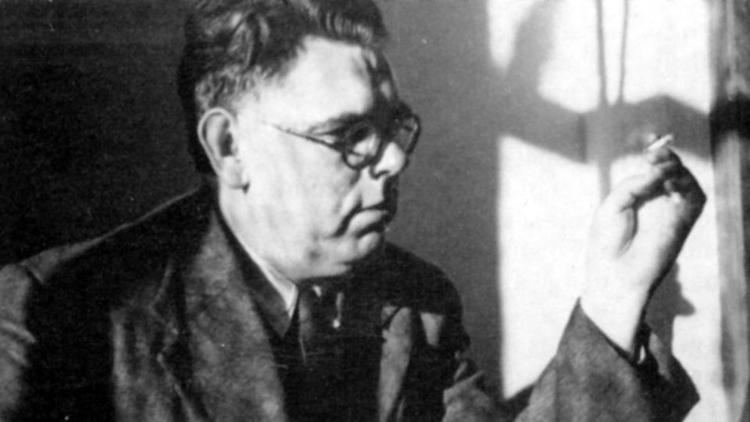
He was a prolific writer of short stories. His collections of short stories include Cois Caoláire, An Braon Broghach, Idir Shúgradh agus Dháiríre, An tSraith Dhá Tógáil, An tSraith Tógtha and An tSraith ar Lár. He also wrote three novels, of which only Cré na Cille was published during his lifetime. The other two, Athnuachan and Barbed Wire, appeared in print only recently. He translated Charles Kickham's novel Sally Kavanagh into Irish as Saile Chaomhánach, nó na hUaigheanna Folmha. He also wrote several political or linguo-political pamphlets. His political views can most easily be discerned in a small book about the development of Irish nationalism and radicalism since Theobald Wolfe Tone, Tone Inné agus Inniu; and in the beginning of the sixties, he wrote – partly in Irish, partly in English – a comprehensive survey of the social status and actual use of the language in the west of Ireland, published as An Ghaeilge Bheo – Destined to Pass. In August 1969 he delivered a speech (published as Gluaiseacht na Gaeilge: Gluaiseacht ar Strae) in which he spoke of the role Irish speakers should take in 'Athghabháil na hÉireann', or the Re-Conquest of Ireland as James Connolly first coined the term.
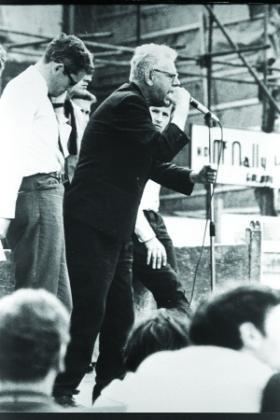
He and Diarmaid Ó Súilleabháin were considered the two most innovative Gaelic authors to emerge in the 1960s. He had frequent difficulties to get his work edited, but unpublished writings have appeared at least every two years since the publication of Athnuachan in the mid-nineties.
A lecture hall in Trinity College Dublin is named after Ó Cadhain who was professor of Irish. A bronze bust is also located in the Irish department.
He died on 18 October 1970 in Dublin and was buried in Mount Jerome Cemetery.
Novels
and Graveyard Clay. Yale Margellos, New Haven 2016.
